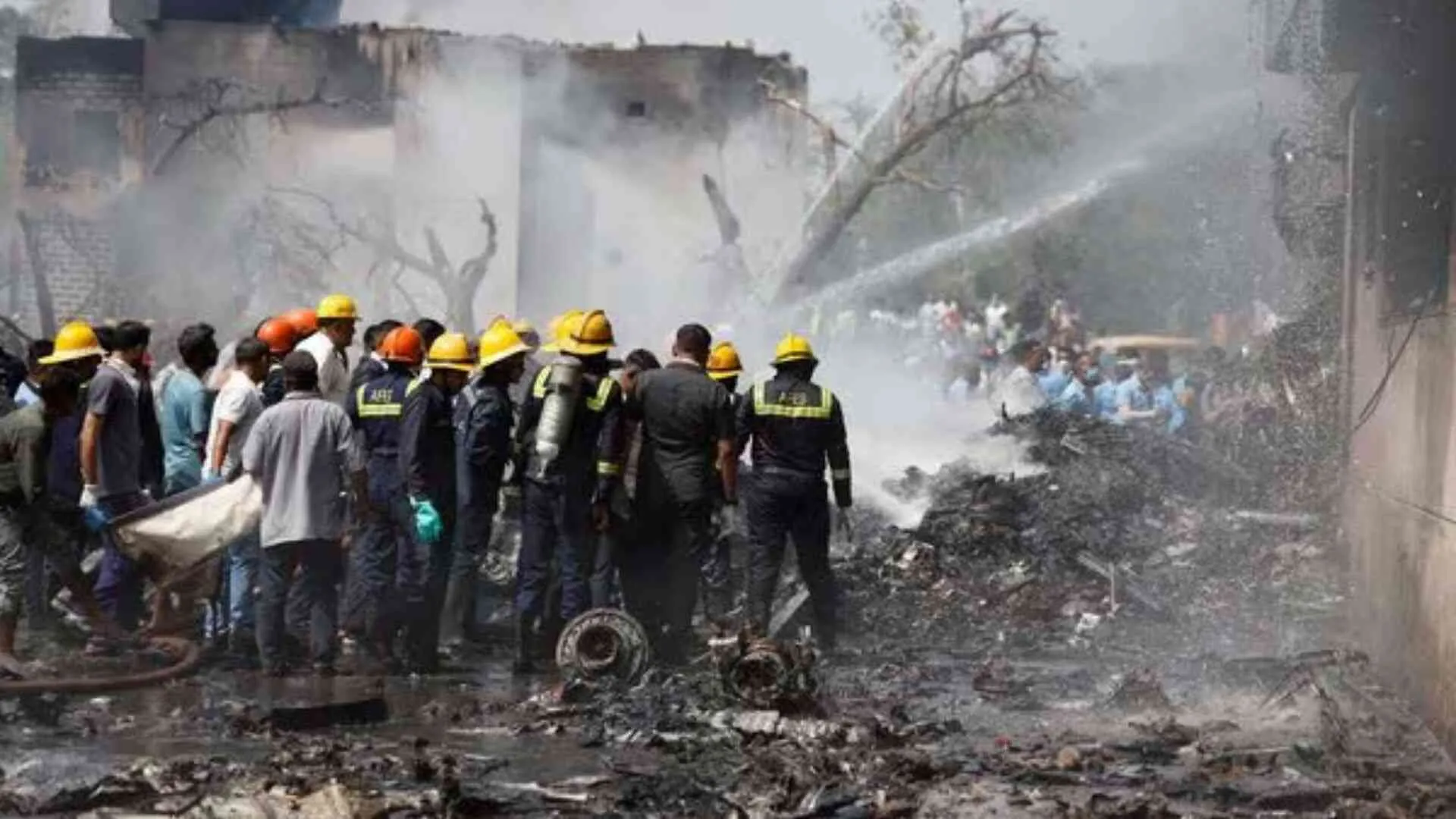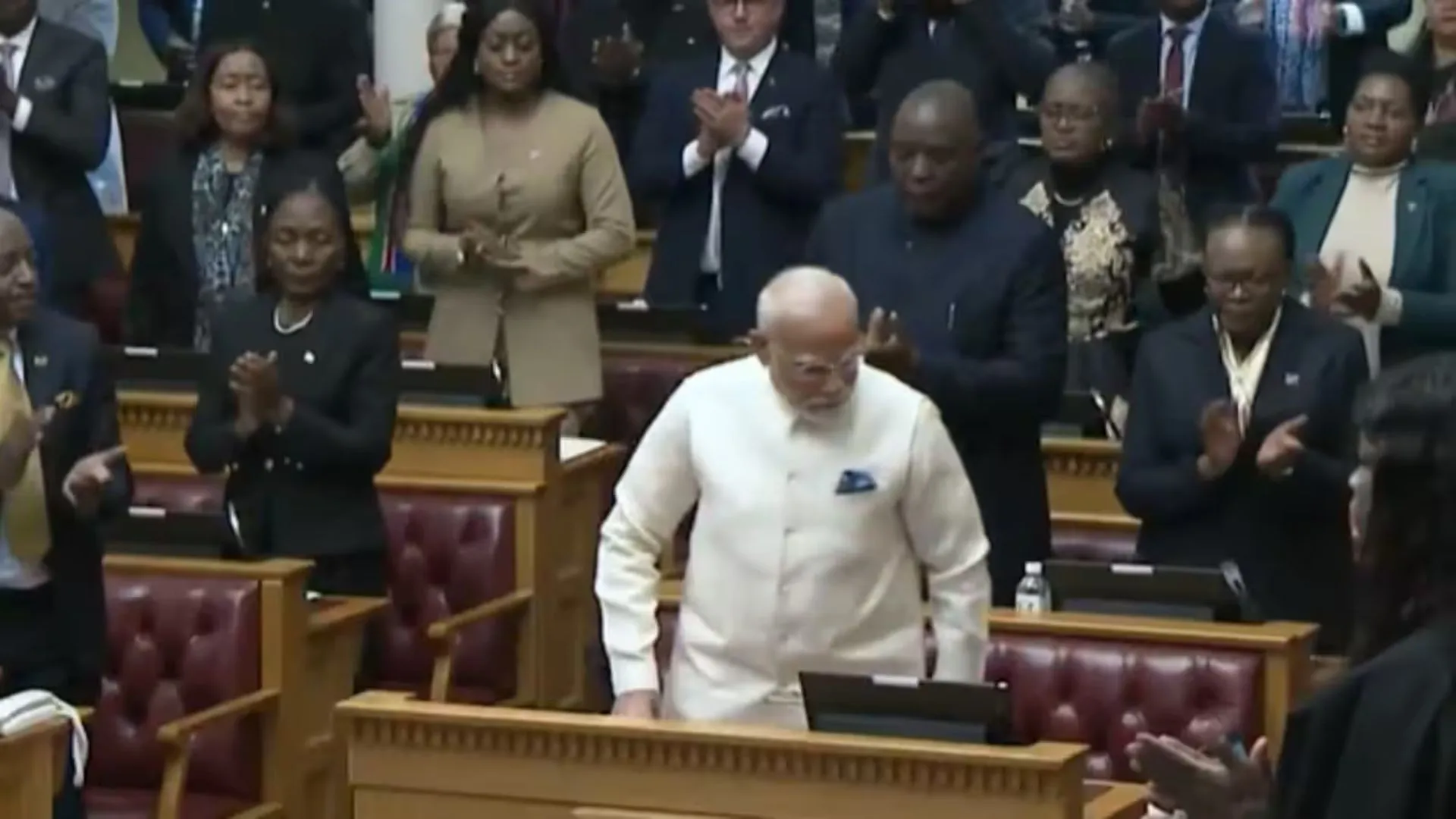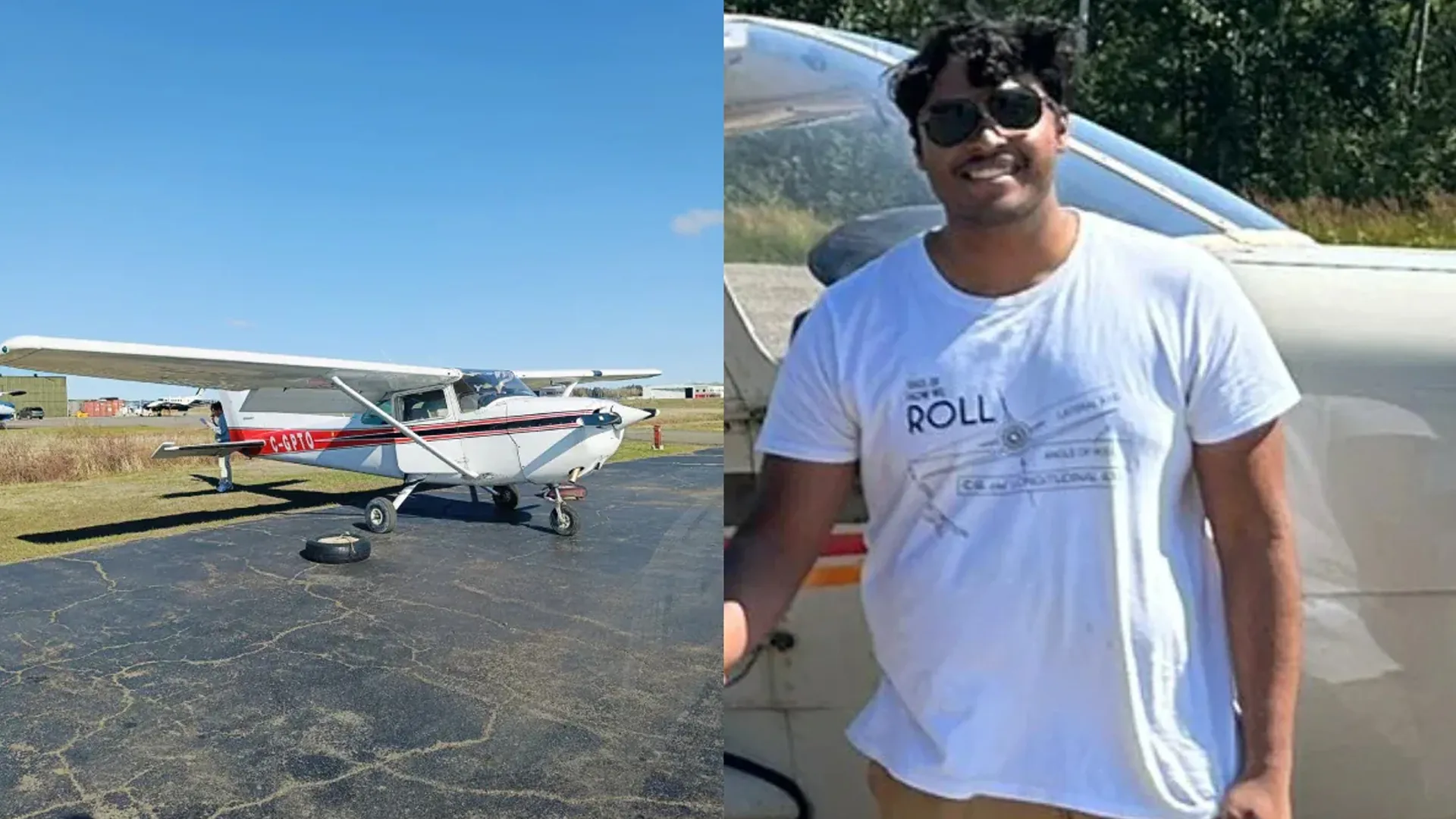A tragedy struck on Thursday when an Air India plane flying to London crashed in the Meghaninagar area of Ahmedabad. The plane, with 242 on board, had just taken off when it fell. The authorities were quick to respond to the accident. The chances of survivors, according to local authorities, are ‘very slim’.
Confirming the accident, the Directorate General of Civil Aviation (DGCA) said, “On 12th June, 2025, Air India B787 Aircraft VT-ANB, while operating flight AI-171 from Ahmedabad to Gatwick, crashed shortly after takeoff from Ahmedabad. There were 242 individuals on board the aircraft, including 2 pilots and 10 cabin crew,” a senior DGCA official said. A DGCA team has also been dispatched to the site of the accident to identify the reason.
The plane was commanded by Captain Sumeet Sabharwal, a Line Training Captain (LTC) with a flying experience of 8,200 hours. He was accompanied by First Officer Clive Kundar, who had accumulated 1,100 flying hours. Authorities reported that the pilots sent out a mayday call to air traffic control just a few minutes after taking off but did not react to any subsequent communication.
What is a Mayday Call?
Mayday is a worldwide distress signal employed by pilots of aircraft and shipmasters to signal air traffic or sea control about a life-threatening crisis. It usually signals immediate peril to the aircraft or ship and activates instant rescue procedures.
Following aviation standards, the distressed person has to utter the word three times in rapid succession, ‘Mayday, Mayday, Mayday’ in order to effectively convey the emergency and activate response procedures.
The Origin of ‘Mayday’
The word ‘Mayday’ was coined in the early 1920s by Frederick Stanley Mockford, who was a radio officer at the Croydon Airport in England. It is derived from the French words m’aider, meaning “help me.” The word was made official for cross-Channel flights in 1923 in place of the previous SOS distress signal in Morse code.
What Happens After a Mayday Call?
After a Mayday call is initiated, all other radio communications on that frequency are suspended in order to enable unobstructed conversation with the distressed pilot or captain. The individual making the Mayday then states the reason for the emergency and their position. This enables authorities to send out rescue and medical personnel straight away, and make other measures necessary to manage casualties and seal off the area.
In the situation of Air India Flight AI-171, while a mayday call was placed, the flight crew could not establish contact further, contributing to the tragedy and intricacy of the rescue mission in progress.





















